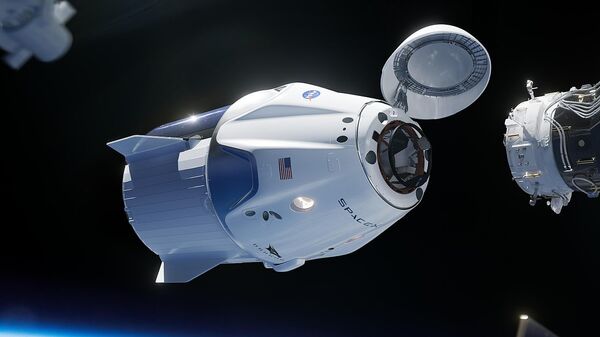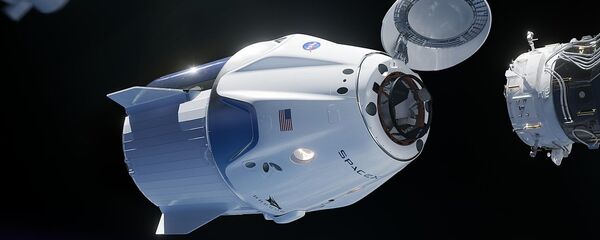SpaceX has finished an in-flight abort test of its Crew Dragon astronaut capsule, mimicking a landing after an emergency on an ascent. The carrier Falcon 9 was launched from Cape Canaveral. The unmanned craft splashed down in the Atlantic Ocean off Florida’s coast, descending with parachutes, after it separated from the rocket and its SuperDraco engines completed their burn 19 km above the ocean to simulate a launch failure.
People from all over the world could watch it live on Elon Musk’s aeronautic company’s social media pages.
Splashdown of Crew Dragon in the Atlantic Ocean! pic.twitter.com/V1C2Xfd9Mk
— SpaceX (@SpaceX) January 19, 2020
Although the Crew Dragon can fit seven astronauts, for the test it carried two human-shaped dummies geared with sensors to track how the effect of acceleration on the body, which astronauts are subjected to during an emergency landing, would impact them.
The final test, which is designed to show that it can reliably carry astronauts to safety if there is an emergency, is a milestone for the return to ferrying NASA crews into outer space from American soil. As Reuters reports, NASA expects it to take place as soon as mid-2020.
“Congratulations to the @NASA and @SpaceX team for a successful In-Flight Abort Test! This critical test puts us on the cusp of once again launching American astronauts on American rockets from American soil. Spacecraft recovery operations are underway”, NASA Administrator Jim Bridenstine said in a celebratory tweet.
Congratulations to the @NASA and @SpaceX team for a successful In-Flight Abort Test! This critical test puts us on the cusp of once again launching American astronauts on American rockets from American soil. Spacecraft recovery operations are underway. pic.twitter.com/5ZzEVesAJW
— Jim Bridenstine (@JimBridenstine) January 19, 2020
NASA has been sending its astronauts to the International Space Station on Russian spacecraft since its shuttle programme ended in 2011. However, it has been working since 2014 to get back to doing so on American ships through private partnerships. Then, another US giant, Boeing, and SpaceX were awarded $4.2 billion and $2.5 billion respectively to develop pods for crews.



